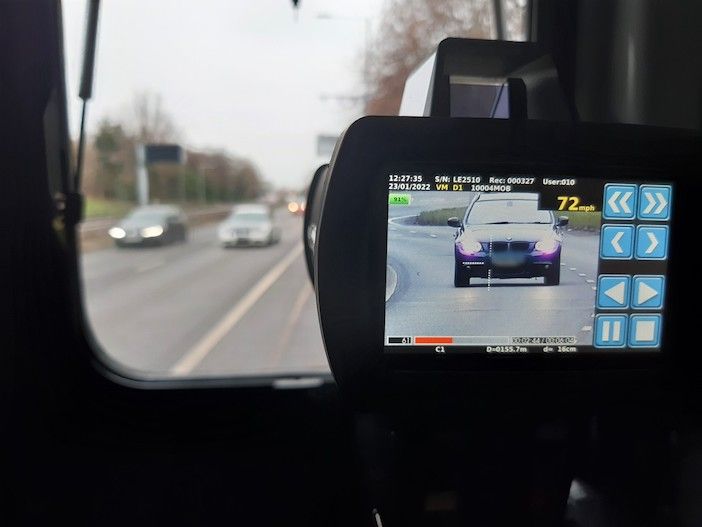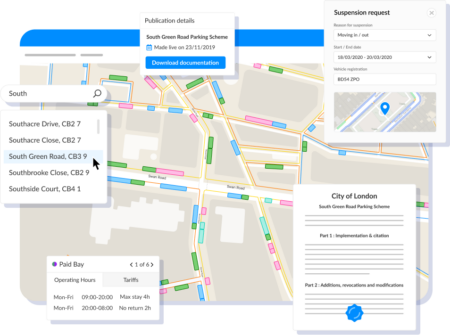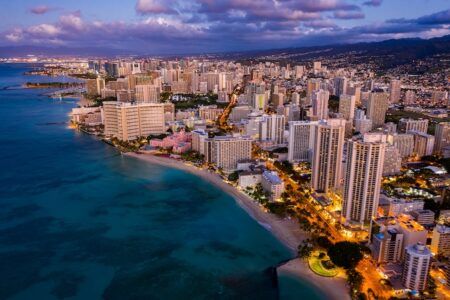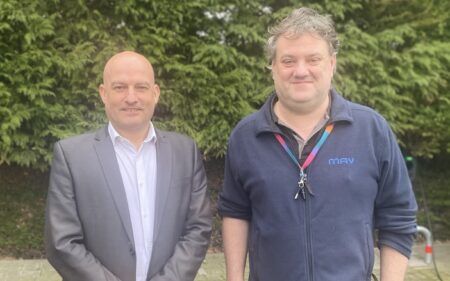Transport for London (TfL) has launched five new mobile safety cameras to tackle the risk and harm caused by speeding across London and help meet its Vision Zero goal of eliminating death and serious injury on the road network. Police data shows that half of fatal collisions in London have speed as a factor.
The new laser cameras are being operated by a team of Police Community and Support Officers (PCSOs) in the MPS Roads and Transport Policing Command (RTPC) for the first time. The ability to relocate the cameras to where they are most needed means that they can be used to target non-compliance ‘hot-spots’ and in areas where local communities are concerned about speeding on residential roads.
This capability ensures that TfL and the police can be more responsive to local community concerns and emerging problems. Since the new cameras have been in operation the MPS have enforced 9,500 speeding offences with them, including one driver who was travelling at 90mph in a 30mph speed limit.
The laser cameras complement other policing and enforcement activity to tackle speeding which includes London’s extensive fixed safety camera network, police roadside enforcement using speed guns and Community Roadwatch where community volunteers work with police to catch speeding motorists.
TfL has been working with the Met to increase the level of police enforcement and tackle speeding and the harm it causes, with the aim of having the capacity to enforce up to one million speeding offences by 2024/25. In 2021/2022, the Met enforced 476,685 speeding offences, 199,105 more than in the previous year and an increase of 72%.
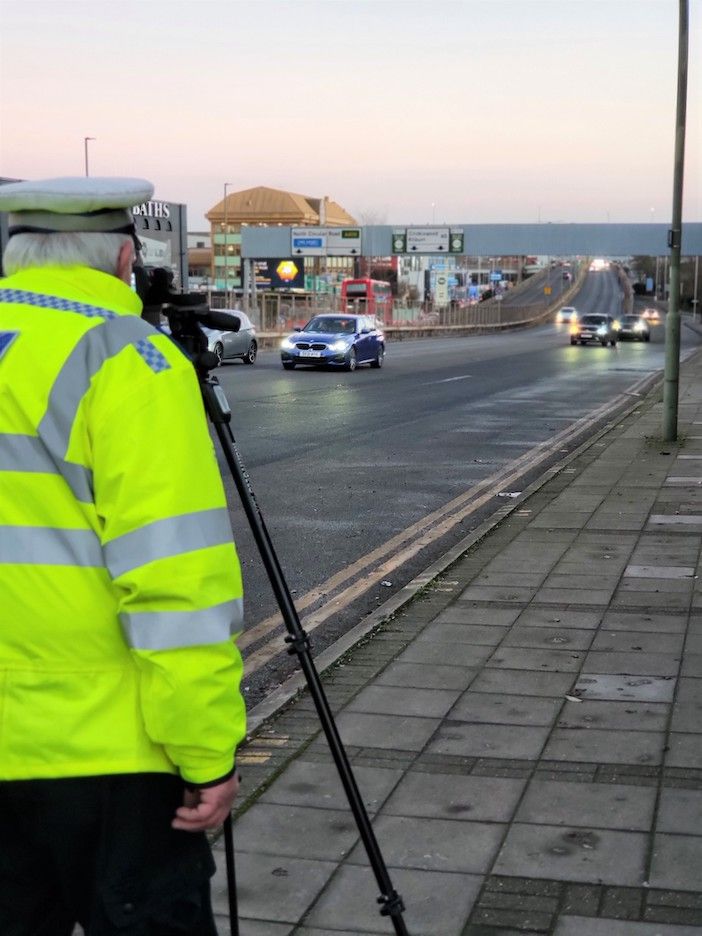 Collision data from around the world shows that the speed at which people are driving or riding is the single most important factor in whether a crash takes place and how severely people are injured. The devastating impact speeding can have on local communities is why speed enforcement across London is so important for TfL and the police.
Collision data from around the world shows that the speed at which people are driving or riding is the single most important factor in whether a crash takes place and how severely people are injured. The devastating impact speeding can have on local communities is why speed enforcement across London is so important for TfL and the police.
Reducing danger on the capital’s transport network is a top priority for TfL. In March 2020, TfL introduced a 20mph speed limit on all of its roads within the central London Congestion Charging zone as part of its Vision Zero commitment to eliminate death and serious injury on the capital’s roads by 2041, and 80km of its roads are now 20mph. TfL is now working to lower speeds on 220km of its roads by 2024 in inner and outer London, and recently launched 13.77km of new lower speed limit schemes in February 2022.
“Reducing danger on the capital’s road transport network is a top priority, and lowering speeds is one of the most important things that we can do to make London’s streets safer,” says deputy mayor for Transport, Seb Dance. “London has made huge strides in reducing road danger since adopting the Vision Zero goal for London and committing to eliminate all deaths and serious injuries from London’s streets by 2041, but there is still a long way to go.
That’s why I welcome this work by TfL and the MPS to increase enforcement activity in order to tackle speeding. These new measures will enable police to focus on the areas where there are persistent problems and work to address local community concerns. This is a vital step in creating a safer and healthier London.”


